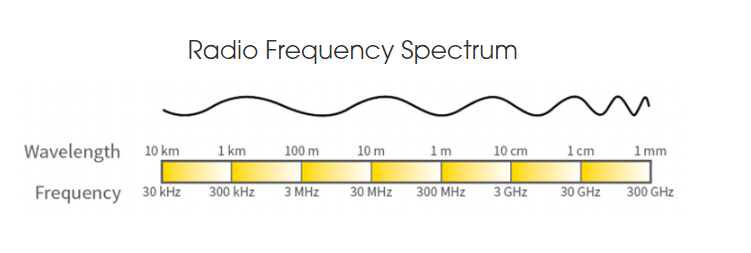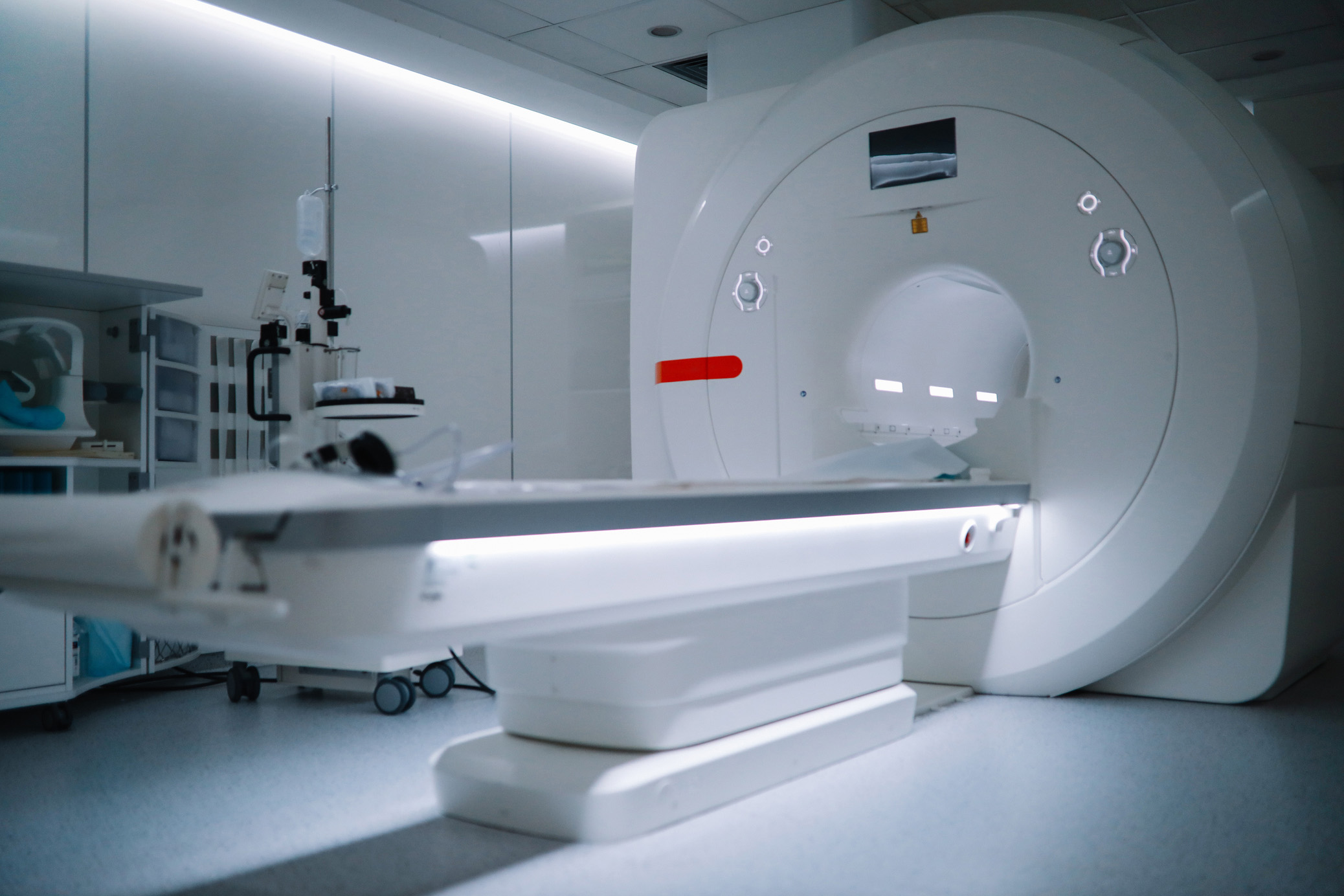What Is RF Testing?
RF is short for radio frequency. RF is any frequency within the electromagnetic spectrum associated with radio wave propagation. When an RF current is supplied to an antenna, an electromagnetic field is created that is then able to travel, or propagate, through space. Many wireless technologies are based on RF field propagation. These frequencies make up part of the electromagnetic radiation spectrum.
Radio Frequency Spectrum

Electromagnetic radiation consists of waves of electric and magnetic energy moving together (that is, radiating) through space at the speed of light. Taken together, all forms of electromagnetic energy are referred to as the electromagnetic spectrum. Radio waves and microwaves emitted by transmitting antennas are one form of electromagnetic energy. The terms electromagnetic field or Radio Frequency (RF) field are commonly used to refer to the presence of electromagnetic or RF energy.
An RF field has both an electric and a magnetic component (electric field and magnetic field). It is often convenient to express the intensity of the RF environment at a given location in terms of units specific for each component. For example, the unit "volts per meter" (V/m) is used to measure the strength of the electric field, and the unit "amperes per meter" (A/m) is used to express the strength of the magnetic field.
A wavelength and a frequency can characterize RF waves. The wavelength is the distance covered by one complete cycle of the electromagnetic wave. Simultaneously, the frequency is the number of electromagnetic waves passing a given point per unit of time. An RF signal frequency is usually expressed in terms of a unit called the hertz (Hz). One Hz equals one cycle per second. One megahertz (MHz) equals one million cycles per second, and one gigahertz (GHz) equals one billion cycles per second, or one thousand MHz.
RF Testing Applications
RF energy is incorporated in a multitude of applications, from telecommunication to non-communication applications and medical purposes. Telecommunication is probably the most common and widely used form of this energy. It can be found in radio and television broadcasting, radio communication for police and fire departments, amateur radio, microwave point-to-point links, cellular devices, and satellite communications, to name a few. RF energy in more specific applications, like in the medical field, have equally specified purposes. MRI (Magnetic Resonance Imaging) uses RF waves to generate images of the human body. RF is also used to destroy cancer cells and perform cosmetic treatments that tighten skin, reduce fat, or promote skin cell healing. 
Other non-communication applications that use RF energy are such things as microwave ovens, where the RF energy is used to heat food items. Additionally, RF energy can be used for industrial heating and sealing. Industrial heaters and sealers generate RF radiation that rapidly heats the material being processed in the same way that a microwave oven cooks food. RF energy is also employed in industries for uses such as molding plastic materials, gluing wood products, sealing items such as shoes and purses, and processing food products. Other industrial applications include the testing of RF components and measuring material density. Radar is another valuable tool that uses RF energy and is used in numerous applications such as traffic enforcement, air traffic control, weather monitoring, and military applications.
Because of the multitude of RF applications globally, it is imperative that products and systems operate in their electromagnetic environment and not introduce intolerable electromagnetic disturbances back into the environment. Therefore, before a product or system hits the marketplace, it must be tested for RF immunity and emissions. For RF immunity testing, the equipment is exposed to RF disturbances and fields with field strengths and frequency ranges represented in their operational environment. When a piece of equipment is tested for RF emissions, under normal operation, the equipment is monitored for RF disturbances and fields. For more information on EMC testing, read What Is EMC Testing?
